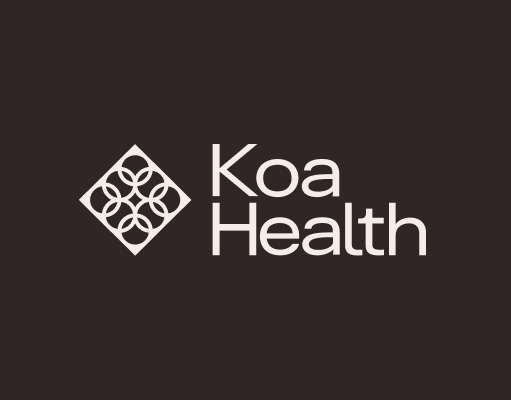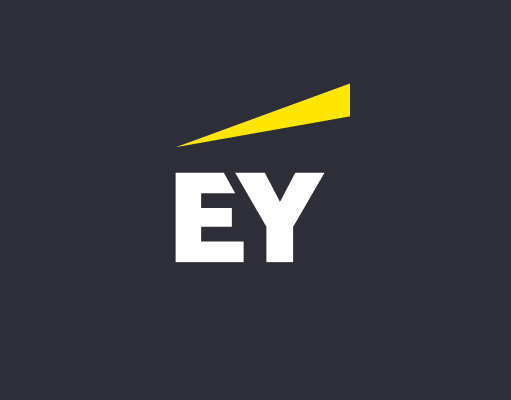Project Summary
The LG ThinQ project revolved around bolstering customer engagement through enriching user experiences and elevating product adoption. We embarked on a mission to improve the existing UX/UI and align the ThinQ vision strategically around customer needs, focusing on real-life problem-solving. We aimed to unfold human stories that underpin these needs, commencing our journey into individual opportunity areas that were backed by extensive primary research, which spotlighted four key themes:
Safety, Security, and Privacy: With the digital footprint expanding, we hypothesized that customers would trade some privacy for valuable services. While privacy could be a barrier to smart home adoption if not properly addressed, LG sought to build trust as a part of users' home environments.
Personalization and Customization: We believed that personalized products would command a premium and that products catering to the needs of all household members would be most useful in the long run. Personalization was seen as an opportunity to include marginalized populations.
Interoperability: We identified the lack of interoperability among smart home devices as a significant barrier to adoption. By ensuring interoperability among LG products and products from other brands, we aimed to reduce complexity and increase the adoption of ThinQ products.
Accessibility: Recognizing the cost and complexity of setup as substantial barriers, LG intended to help customers overcome these hurdles. The focus was on understanding the physical and attitudinal needs to address them effectively.
My Role
I played a key role in multiple stages of the UX design process. Starting with the discovery phase, I was responsible for assessing LG's ThinQ legacy app and reviewing existing documentation. As we moved to the definition phase, I collaborated with other team members to define principles that guided our exploration. The concept exploration phase involved collective brainstorming and design thinking, where I contributed to generating potential solutions. During the detailed design stage, I worked in collaboration with other designers to refine and finalize our concepts. Lastly, I was responsible for creating clickable prototypes.
Crafting an Innovative Product Strategy
Challenge
Our agency, collaborating jointly with LG's innovation team, sought to co-create a new direction for ThinQ’s user experience in order to eventually increase monthly active users.
Solution
Using the initial discovery research as a launchpad, we applied speculative design techniques to develop a new vision for ThinQ. Over the course of 12 weeks, we continuously improved a concept based on feedback from LG, users, and designers. The concept enables ThinQ to be a platform to empower business units to reimagine how it provides value to its users.
Impact
The creation of a clickable prototype successfully met the requirements set out by previous iterations of ThinQ and extended the experience in delightful ways. ThinQ Next now owns a technology platform that is approachable due to educational and inspiring content, enabling continuous user engagement through a marketplace of mini-apps that help users achieve meaningful lifestyle goals.
Why it Matters
ThinQ Next provides a framework for future user-centered development. This will help LG to apply a better process for building products in a more agile, value-driven way.
Iterative Validation throughout Concept Development
Challenge
The validation team was tasked to validate speculative designs from the UX/UI team for a smart home app. These designs were based on LG stakeholder hypotheses of what needed to be improved for the major end-of-year release and had not been vetted by potential users.
Solution
We took an iterative approach, validating concepts on a weekly basis. The team moderated validation sessions with 5–6 participants a week with both existing and potential LG customers. Each week’s focus was adapted to the issues that the UX/UI team was tackling at the moment.
Impact
We helped ground the ThinQ app design concepts in real user reactions, needs, and scenarios, and clarified the ways that users were thinking about the ideal app experience.
Why it Matters
Our validation research laid a solid foundation of user expectations that LG is building upon to grow speculative designs based on stakeholder hypotheses from an internal concept pitch into a real, shipped product.
A total of six validation sessions were conducted in the span of six weeks with a total of 37 participants, of which there were 9 existing LG customers.
Design System & Brand Experience Workshop
Challenge
The existing visual language for LG's ThinQ app was antiquated and misaligned with the values the team intended to communicate in the reimagined app.
Solution
Through a brand experience workshop, we laid the strategic groundwork for a new visual identity for LG's ThinQ app. By prioritizing human-centric values over technological alienation, we devised a visual identity that embodied optimism. Our goal was to evoke feelings of comfort and peace, which aligned with the concept of a smart home environment that the ThinQ app aimed to provide.
Impact
We developed a comprehensive design library in Figma, inclusive of ready-to-use components, color, and type styles. This resource provided LG's future team with the necessary tools to continue the development of the ThinQ app effectively.
Why it Matters
The creation of this new design system and its corresponding assets opened the door for ongoing innovation and evolution for LG's team. This has set the foundation for the ThinQ app to adapt and grow over time, meeting the changing needs of its users.

